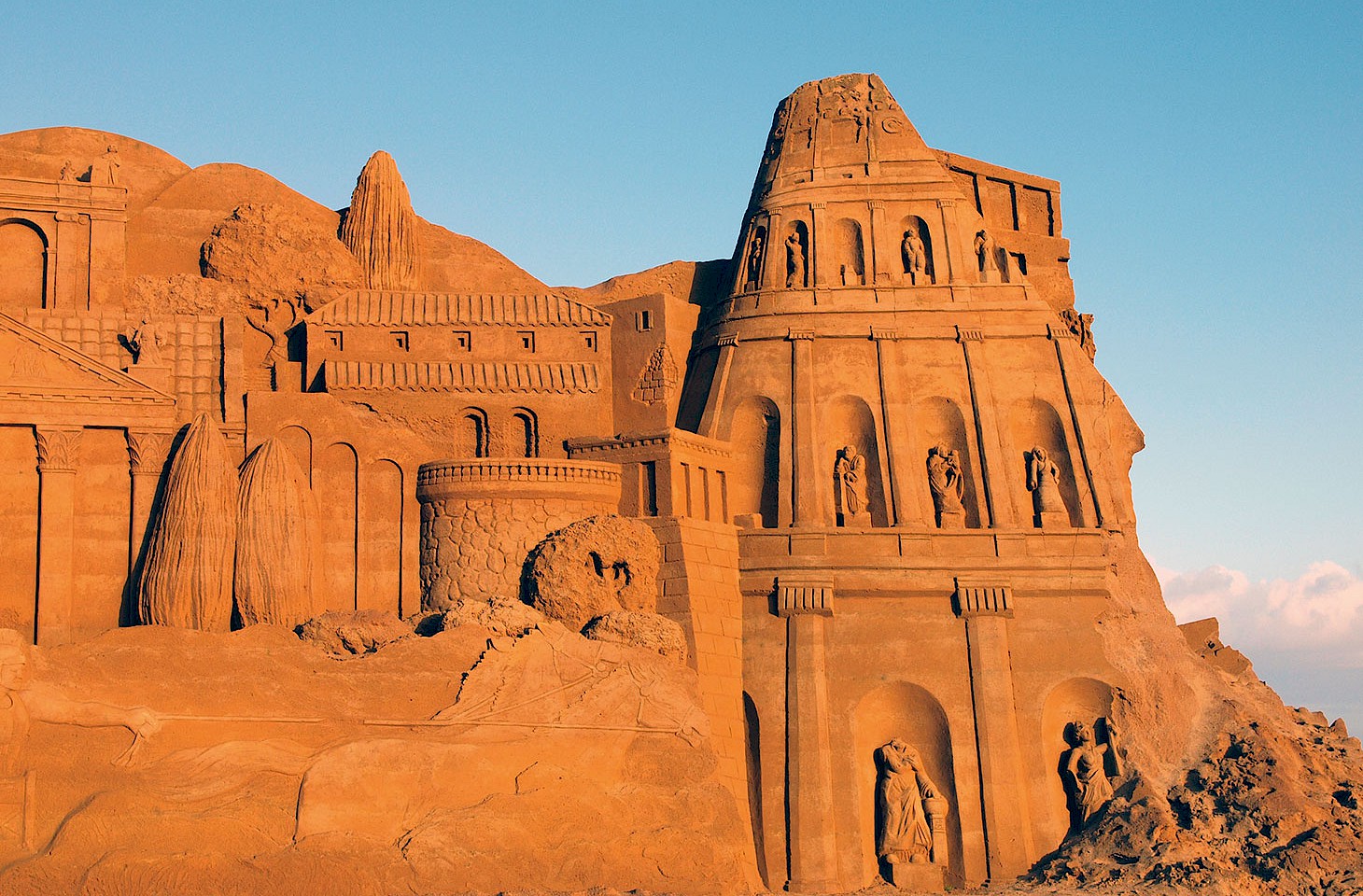I was told to wrap up well, and I’m glad I did. The bright sunlight belies a bitter wind. It may be a national holiday, but plenty of Slovenians are up early today. So the streets of Zirovnica are already busy.
The eighth day of February is a holiday in Slovenia, commemorating the death of France Preseren. Each year on this day, people from across the country gather for a ceremony at Preseren’s birthplace in Vrba, one of a cluster of villages that are collectively dubbed Kasarija. The entire population of these communities amounts to only about 4000 but this small municipality — officially called Zirovnica, after the biggest of the ten villages — has long punched above its weight. It is the font of Slovenia’s cultural history, providing not just the national poet but four other key figures.
With hundreds of Slovenians, I will be walking to Vrba along a route that passes the old homes of all these figures, and the landscapes that inspired them. Accompanying me is Polona Kus, who teaches at the primary school in Zabreznica, adjacent to Zirovnica. We follow the path between the two villages to the school, in front of which are erected busts of the five men.
From France Prešeren, ‘Baptism at the Savica’ (1935)Sunrise now gilds the threefold peaks unbowed Of Carniola’s grey and snowbound height.
The oldest figure, wearing a wide-brimmed hat, is Anton Jansa (1734–1773), who has arguably had the biggest global impact of all for his groundbreaking work in apiary. Next to Jansa, in a high starched collar, is Matija Cop (1797–1835), a linguist and literary scholar who mentored Preseren (our walk began at his old house in Zirovnica). Over to the right are the two most modern members of the group, their essential decency shining through: Fran Saleski Finzgar (1871–1962) and Janez Jalen (1891–1966). Both men were Catholic priests, writers and social activists.
In the centre, in every sense, is Prešeren (1800–1849). He refused to sit for any painting, but representations all agree on certain characteristics: he wears the formal attire appropriate to his legal profession, but his flowing dark locks and unfocused, deep gaze are those of the archetypal Romantic poet. And evident too is a morose expression. Preseren’s life was beset by frustrations which led him to drink heavily and die disappointed. And yet without him Slovenia would probably not exist today.
The gathering
We are not far from the setting for Preseren’s epic poem Baptism at the Savica (Krst pri Savici), and his verses capture the sparse clarity of the landscape (see quote above). Just visible in a distant haze are the triple peaks of Triglav, Slovenia’s highest mountain, and towering right behind the village school is Stol, unblemished snow bleeding down its crevices.


